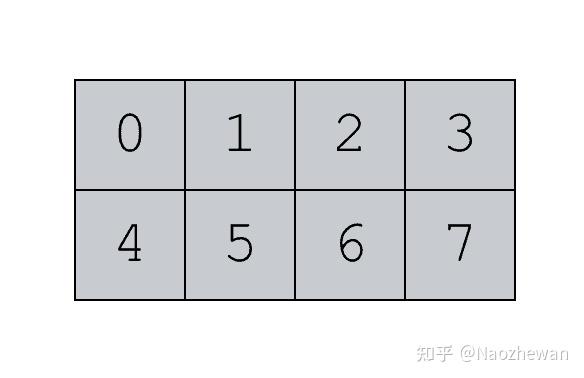
So these are some methods through which we can add a new row to an empty NumPy array in Python. Resultant array ] Method 3: Using np.r_ method Simply replace your last line by : stokeslist i stokesline By the way, about your non-working line I think you meant : stokeslist np.vstack ( (stokeslist, stokesline)) where you're replacing stokeslist by its new value.
#Numpy .vstack code
The Python Code will be: import numpy as np You can simply assign the correct row at each iteration. import numpy as np > a np.array(1, 2, 3, 4) > a array(1, 2, 3.
#Numpy .vstack series
The series of input arrays are stacked vertically using the numpy.vstack() method to create a single array. from numpy import a ones ( (3,)) b ones ( (2,)) c vstack ( (a,b)) <- gives an error c vstack ( (a :,newaxis,b :,newaxis)) <- also gives an error hstack works fine but concatenates along the wrong dimension. Similarly, you can create an empty 3D array and append row-wise values in that array. Appending as a row is equal to 0 while appending as a column is equal to 1. numpy.append() numpy.append(arr, values, axis=None)Īrr: A copy of the array to which a value must be added.Īrray values must be attached to any axis, The shape must match the arr.Īxis: value-appending axis along which values must be added. Then, without initializing entries, it returns a new array with the specified shape and data type. This function doesn’t need any other argument other than a tuple containing the sequence of NumPy arrays (ndarrays) you want to stack. Ive tried both append and vstack but either way I get an error. Shape and data type are accepted as arguments. The numpy.vstack () function is used to stack arrays vertically, meaning that it will take a sequence of 1D or 2D arrays and combine them into a single 2D array. I have a 2D numpy array to which I want to append rows at the end. Print(empty) numpy.empty() numpy.empty(shape, dtype=float, order='C') # Using append() method to add new array to the rows of our empty arrayĮmpty = np.append(empty, np.array(]), axis=0) By utilizing the numpy.append() function, Numpy gives the ability to append a row to an empty Numpy array.Įxample: Adding new rows to an empty 2-D array import numpy as np matplotlib.pyplot as plt x np.arange(-2.0, 6.0, 0.1) scores np.vstack(x, np.oneslike(x), 0.2 np.oneslike(x)) plt.plot(x, softmax(scores). There are occasions when we need to append rows to an empty array. We will do this using three different methods. diagonal of the a diagonal array, so that linearoperator np.diag(linearoperator). Create an empty Numpy Array and append rows in Python


This tutorial will cover how we can generate an empty NumPy array, and various methods to add specific rows to this empty array in Python.


 0 kommentar(er)
0 kommentar(er)
